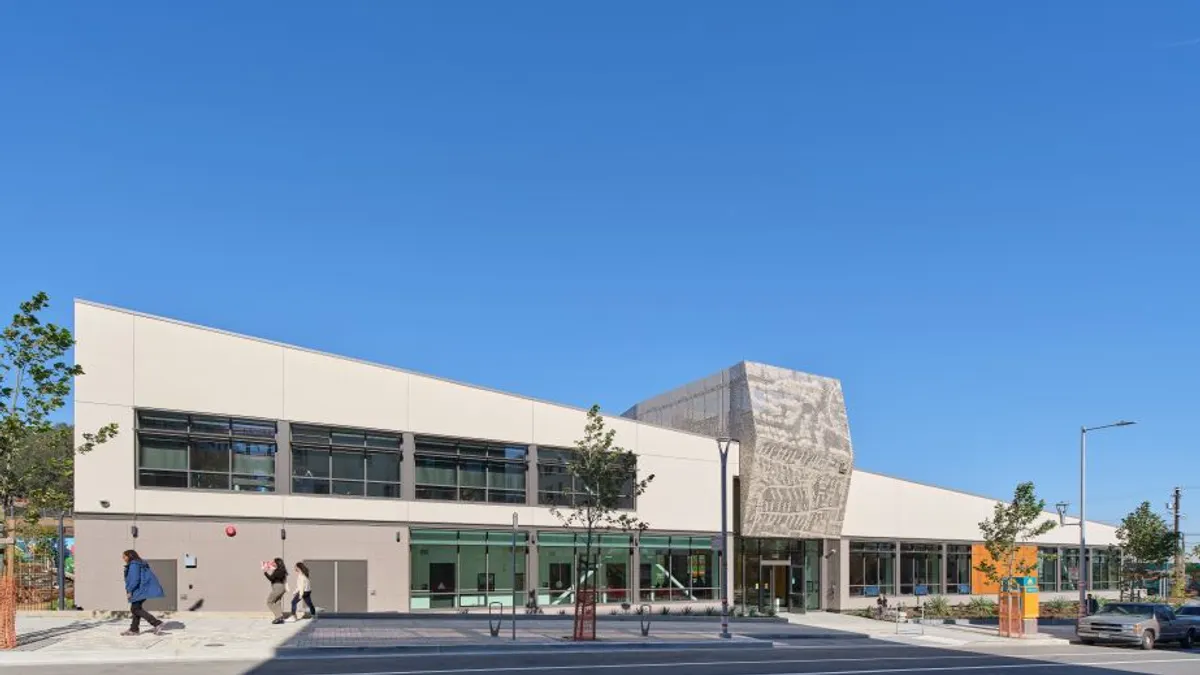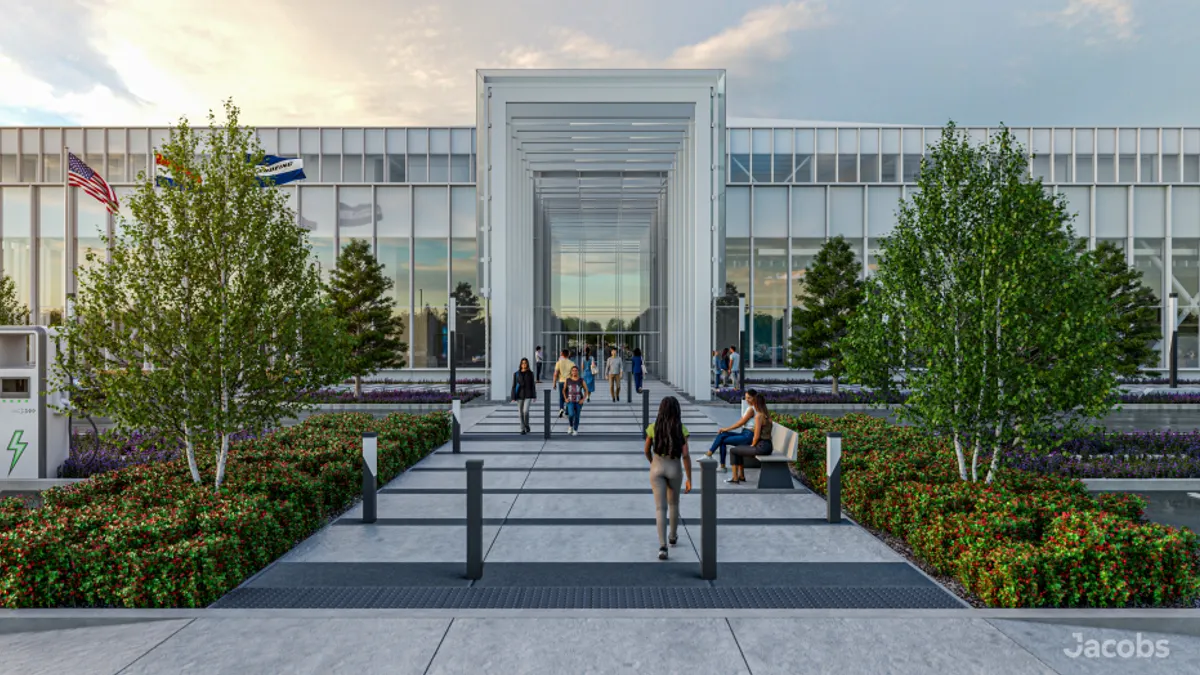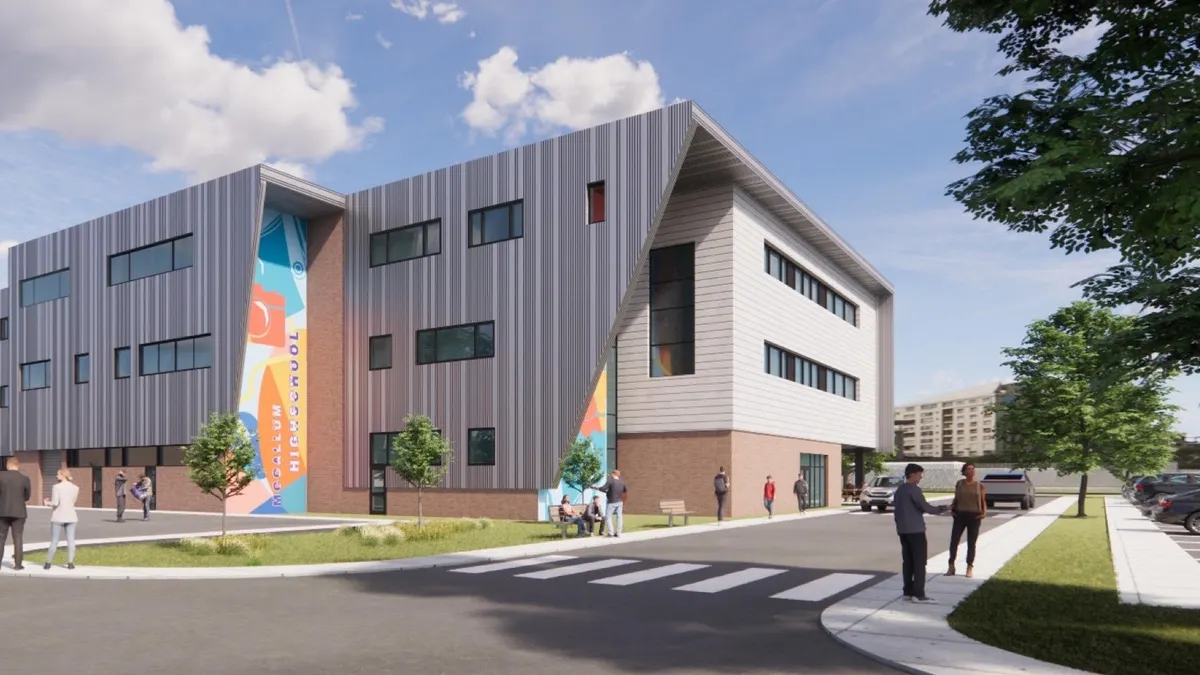The construction industry has created an average of 28,000 jobs a month for the past year, contributing a little more than 8% to overall employment gains for the country.
But the impact of those jobs can have an outsized effect on the economy—and for the hope of its continued recovery, the vice president of the ADP Research Institute told Construction Dive.
Construction employment “really signals what’s happening with the housing recovery,” Ahu Yildirmaz said in an interview, “making it an important sector.”
What the employment data show, Yildirmaz noted, “is encouraging.”
In the final quarter of 2014, the Institute’s Workforce Vitality Report showed, employment in the construction industry, when compared with the same quarter in 2013, grew by a greater percentage than any other sector, including manufacturing, hospitality, finance, education, health, and professional services.
Job growth is a byproduct of demand, so that’s good news for building and good news for the economy, Yildirmaz said. But the growth in the number of new construction jobs is saddled with five concerns:
1. Higher turnover
The turnover rate among construction employees was 20% in 2014’s fourth quarter, just short of the national average across all occupations, according to ADP data. But among construction employees ages 25 and younger, turnover was a whopping 38%.
Yildirmaz suggests that because employment is growing across industries, young construction workers have plenty of opportunities to jump ship if they get a better offer from another employer in a different field. In fact, she said employment growth nationwide has grown more for young workers and for those older than 55 than for any other ages.
That means entry-level, lower-wage workers are in more demand than they were even a year ago, making them harder for construction firms to hold onto, she noted.
2. Better pay
Pay raises are a double-edged sword in any industry. For construction, it means workers earn more and spend more, which is good for the economy. But it also means employers have to devote more of their profits to payroll.
And in construction, those pay raises have been slim. The ADP data showed that wages increased by an average of 2.3% across the industry, less than the national average of 2.7%.
That could be another reason why turnover in the industry is high, Yildirmaz suggested. But it doesn’t explain the quick exit of so many young workers: For construction employees 25 and younger, wages increased by 5.2% last quarter, the numbers showed.
3. Wider wage gap
The percentage of women in construction grew at a greater rate—5.1%—than that of men—3.4%—in the final three months of 2014, the analysis showed.
Although the numbers did not reveal why women’s presence on job sites is increasing at a greater rate than men’s, Yildirmaz said it could be that the male-dominated industry is simply catching up to the rest of the work force. Or, she suggested, more office jobs might be available now, which could attract more women than men.
Across all industries, employment growth was higher among men than women.
And when it comes to pay equity in wage increases, the construction industry fell short of the rest of the economy, Yildirmaz said: Pay rose faster for men (2.6%) than for women (1.2%) in the building trades.
4. More vacancies
A category in which construction mirrored national trends: the labor shortage.
ADP did not measure the number of jobs created versus the number filled, but overall data showed that hiring is falling short of job creation across industries. And despite reports of widespread labor shortages in the construction industry, Yildirmaz said the sector might not have it as bad as some others. Based on the past 12 months of data, she said, “It appears that in the construction industry, the tightening of the labor market is not as evident as it is in the total U.S.”
She added that the labor shortage isn’t across all positions, even in construction. “It’s not just a labor shortage, but an issue of skilled labor,” she said, noting many willing workers can’t fill empty jobs because they’re not qualified for them.
5. Fewer part-timers
Most of the new construction jobs are full-time positions. The ADP research showed a 5.9% growth in full-time employment in the sector, and a 2.3% decrease in the number of part-time slots.
Across all industries, full-time employment grew by 2.8%, while part-time dipped by 0.9%.




















